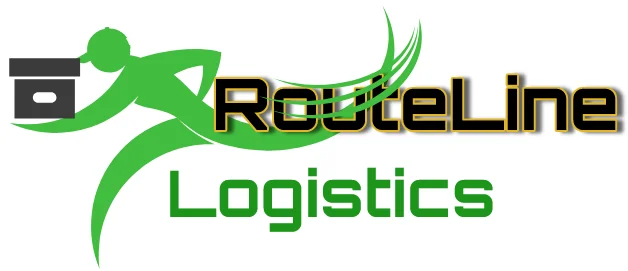Master demand planning techniques that improve forecast accuracy and optimize inventory investment.
Accurate demand planning is fundamental to supply chain success, enabling companies to optimize inventory, improve customer service, and reduce costs through better forecasting.
**Statistical Forecasting Methods**
Advanced statistical models analyze historical patterns, trends, and seasonality to predict future demand. Machine learning algorithms can improve forecast accuracy by 20-30% compared to traditional methods.
**Collaborative Planning**
Sales and operations planning (S&OP) processes align demand forecasts with business strategy and operational capabilities. Cross-functional collaboration improves forecast accuracy and organizational alignment.
**Market Intelligence Integration**
External data sources including market research, economic indicators, and competitor analysis enhance forecast accuracy. Social media sentiment and web analytics provide early demand signals.
**Forecast Error Management**
Regular forecast accuracy measurement and bias analysis identify improvement opportunities. Forecast value-added (FVA) analysis determines which forecasting activities actually improve accuracy.
**Demand Sensing**
Short-term demand sensing uses real-time data from point-of-sale systems, shipments, and orders to detect demand changes quickly. This approach can reduce forecast error by 30-50% for short-term horizons.
**Scenario Planning**
Multiple forecast scenarios help organizations prepare for different demand outcomes. Scenario planning improves resilience and enables rapid response to changing conditions.
Successful demand planning combines statistical rigor with business judgment to create forecasts that drive effective supply chain decisions.
**Statistical Forecasting Methods**
Advanced statistical models analyze historical patterns, trends, and seasonality to predict future demand. Machine learning algorithms can improve forecast accuracy by 20-30% compared to traditional methods.
**Collaborative Planning**
Sales and operations planning (S&OP) processes align demand forecasts with business strategy and operational capabilities. Cross-functional collaboration improves forecast accuracy and organizational alignment.
**Market Intelligence Integration**
External data sources including market research, economic indicators, and competitor analysis enhance forecast accuracy. Social media sentiment and web analytics provide early demand signals.
**Forecast Error Management**
Regular forecast accuracy measurement and bias analysis identify improvement opportunities. Forecast value-added (FVA) analysis determines which forecasting activities actually improve accuracy.
**Demand Sensing**
Short-term demand sensing uses real-time data from point-of-sale systems, shipments, and orders to detect demand changes quickly. This approach can reduce forecast error by 30-50% for short-term horizons.
**Scenario Planning**
Multiple forecast scenarios help organizations prepare for different demand outcomes. Scenario planning improves resilience and enables rapid response to changing conditions.
Successful demand planning combines statistical rigor with business judgment to create forecasts that drive effective supply chain decisions.
